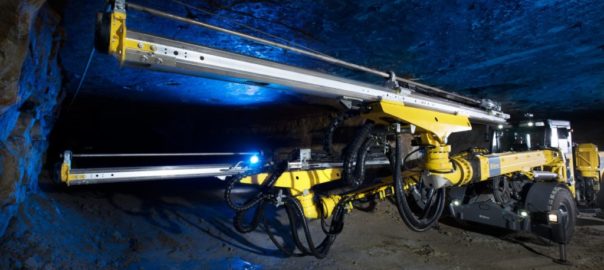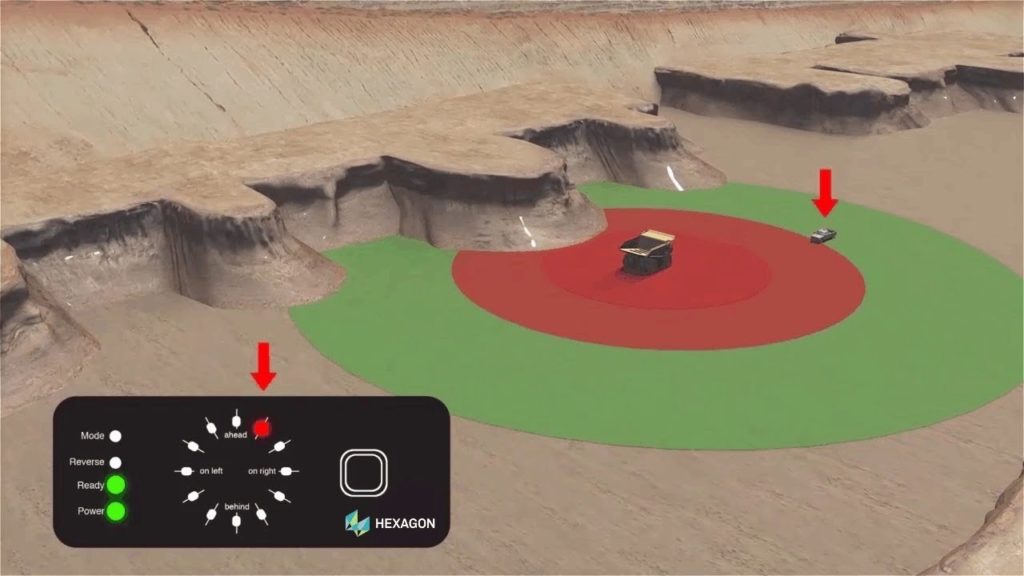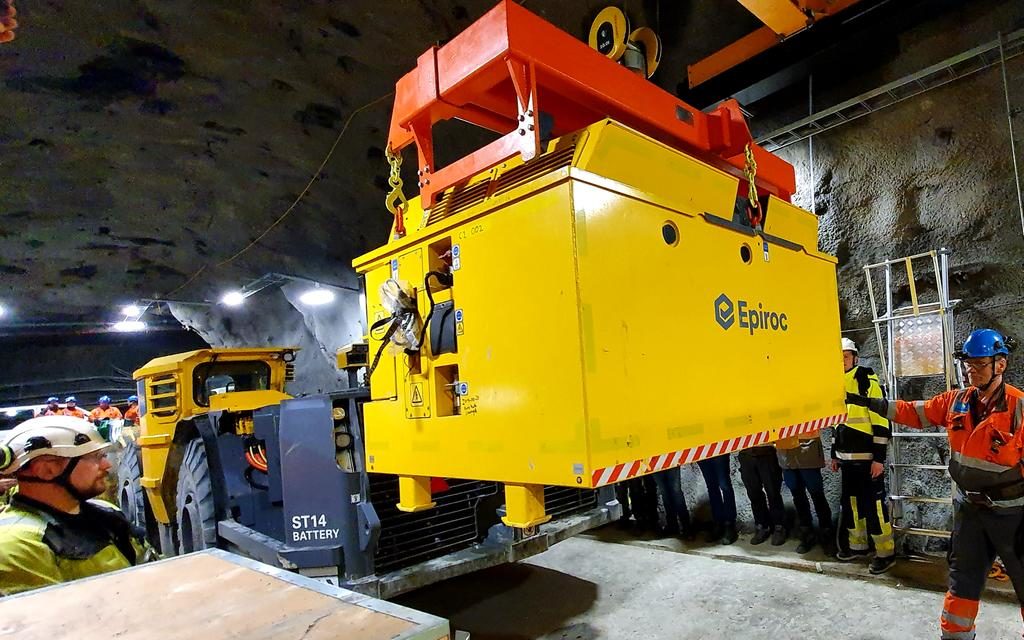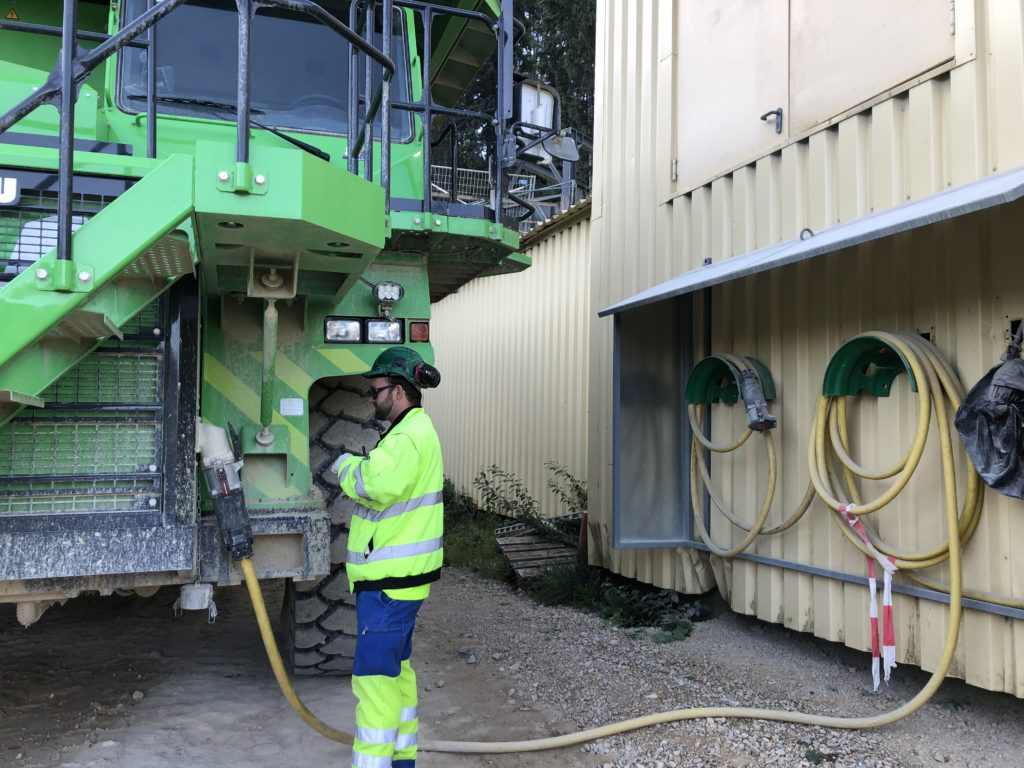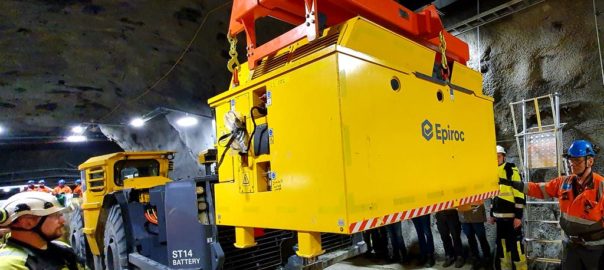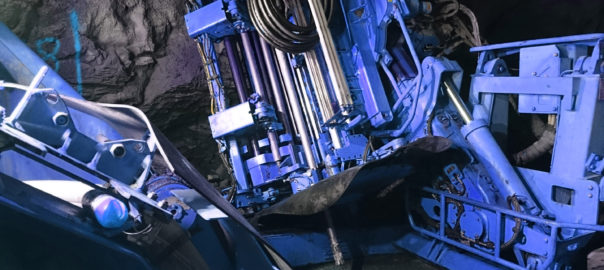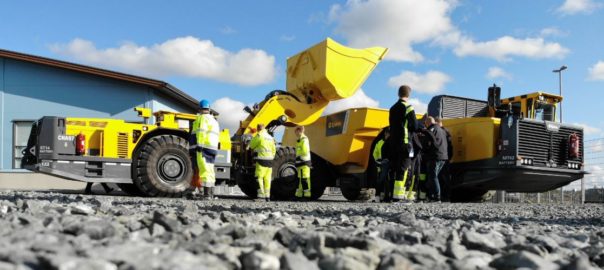Northvolt has recently delivered its largest order of lithium-ion battery systems to date to Epiroc, as the two companies’ partnership continues to blossom.
The delivery of systems – which will be integrated into Epiroc’s mid-sized drilling family, Scooptram ST14 LHD and Minetruck MT42 – is the latest in a series made for Epiroc since 2018 and represents the first commercial roll-out of the latest generation of battery system from Northvolt, the Swedish battery developer and manufacturer said.
In an online post from Northvolt, the company interviewed Anders Lindkvist of Epiroc’s underground division to hear about the delivery and find out what it means for the original equipment manufacturer.
“The development of the battery system solution we’re integrating into Epiroc machines, both in terms of hardware and software, has been a true collaboration between Epiroc and Northvolt,” Lindkvist said. “The most recent delivery represents a major update compared to the earlier ones.
“Implemented into the new design are a lot of improvements in terms of reliability and serviceability. These design improvements come from the learnings taken from the common trial, which Northvolt and Epiroc have been involved in over the last 18 months. The changes appear promising.”
Demonstration activities which Lindkvist spoke of began with machine testing at Epiroc’s facilities in Örebro. But, in Spring 2019, testing stepped up to involve the first real-world test for the new battery-powered machines when Epiroc, as part of the EU funded Sustainable Intelligent Mining Systems (SIMS) program, brought several electric machines into commercial operation at Agnico Eagle’s Kittilä gold mine in Finland.
The fleet, running on earlier generation batteries supplied by Northvolt, included a Minetruck MT42, an underground truck which has a 42 t payload capacity – making it one of the largest battery-operated mine trucks on the market.
Commenting on these recent experiences, Lindkvist said: “We’ve gained a deeper knowledge of the limitations of batteries and greater perspective on how to handle and operate them. The limitations are fewer than on diesel engines, but they are different, so these need to be addressed with different actions. This was something we started to learn with our first-generation electric machines, but we now have a much deeper knowledge of the issues.”
Machine performance
“The performance we’re getting from the machines is at the level we expected,” explains Lindkvist. “Actually, battery running time appears longer than estimated, and we have not yet finalised the tuning of energy management which could optimise performance further.”
With battery cell development and optimisation of battery management systems as Lindkvist noted, driving time is likely to increase further still.
“Additionally, we’ve collected feedback from operators who experience the machines to be more powerful,” noted Lindkvist. “Other benefits are becoming clear too – such things as the quietness of operations, and possibility to talk to bystanders next to machines, seem more important than we thought.”
New solutions for an electric future
Close collaboration between Epiroc and Northvolt’s industrial battery design and development teams has been critical, Northvolt says. For Epiroc, an interesting dimension to the partnership is how it has shifted the company’s approach to “surrounding product development”.
Lindkvist said: “Epiroc has a typically involved itself with implementing well-proven solutions; it is very exciting to work with technology in the forefront. Combine this with the rapid growth of Northvolt, in an area where much is happening, and you get a very inspiring and innovative collaboration.”
Looking ahead, the path is bright. Evaluation of electric machine performance and operations will continue with the demonstration project in Finland, and validation of the new battery systems will be undertaken, according to Northvolt.
“As validation is concluded, this new generation system will be available for delivery to customers all over the world,” Lindkvist says. “This will be the moment when we grow to substantial volumes and this is very significant for Epiroc.”
Epiroc already has a sense of demand for these machines. In September 2019, the company announced orders for battery-electric mining equipment from customers in several countries including Finland, Australia and Canada. The orders were for Epiroc’s latest generation of electric machines consisting of 14 t and 18 t loaders, the Minetruck MT42 and a mid-sized drilling family including face drilling, production drilling and rock reinforcement rigs.
Epiroc aims to be able to offer its complete fleet of underground mining equipment as battery-electric versions by 2025.
“We will continue to diesel engine versions, but the volume of machines running on battery power will grow fast as customer readiness develops further,” Lindkvist says.
Successful electrification of mines, of course, relies on more than just machines. To operate a battery-electric fleet effectively, mines need to be designed differently, charging stations and ancillary equipment must be in place and operating profiles for efficient machine usage need to be established.
“Fortunately, the ongoing work of Epiroc is helping to fill out an in-depth understanding of what an electric mine may look like,” Northvolt says.
While underground mines might be some of the first to go electric, in large part thanks to the potential reductions in ventilation underground that create a strong business case, electric machines will soon become common above ground, too, according to Northvolt.
It says: “Epiroc has observed that ongoing success in the underground mine market is proving the viability of the technology and its competitiveness against performance of diesel-powered equipment – points which serve to strengthen the case for developing surface mining solutions.”
This is an edited version of a post that first appeared on Northvolt’s website here.







